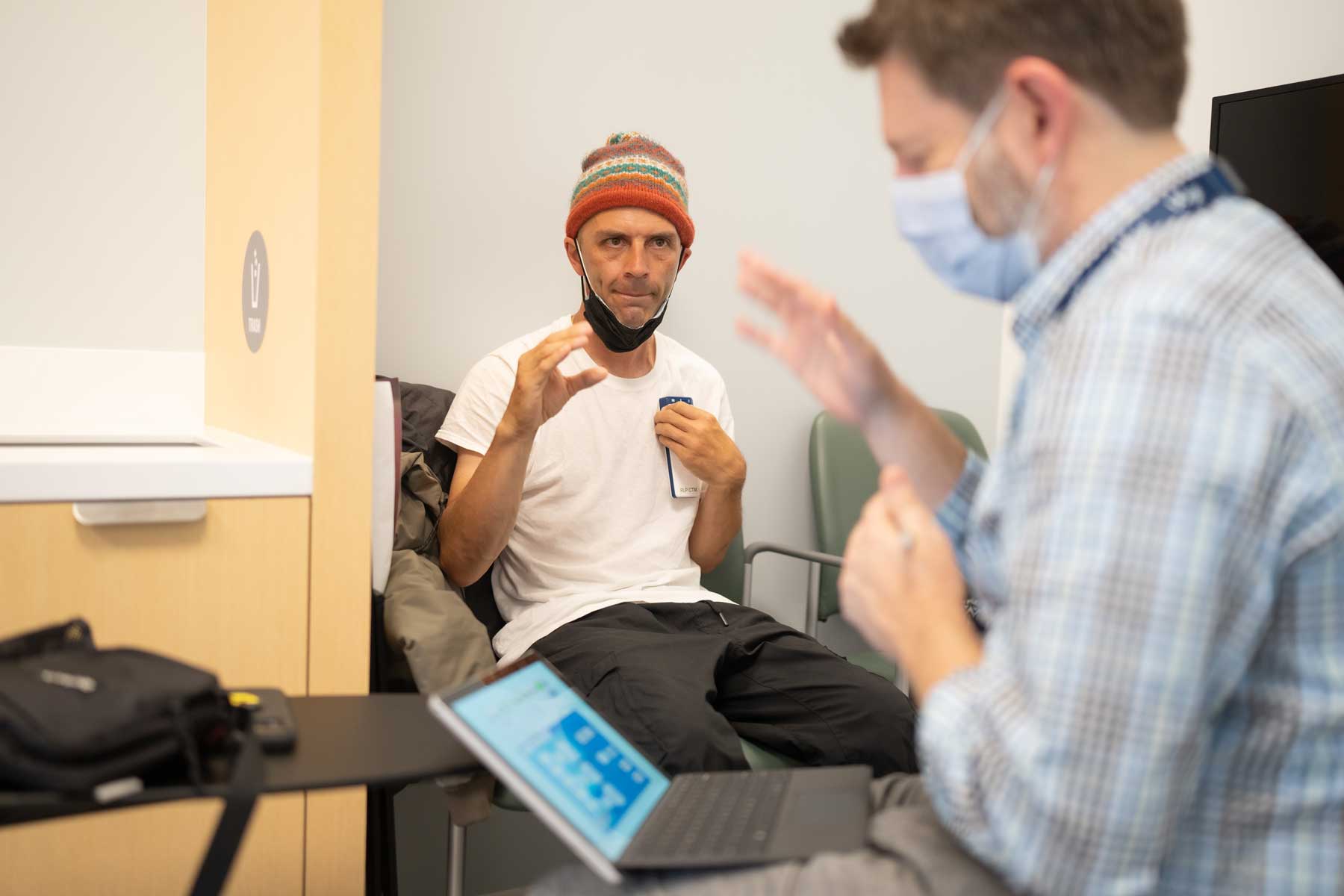Understanding Parkinson’s Disease
Parkinson’s disease is a complex condition that primarily affects the motor system. It is characterized by symptoms such as tremors, stiffness, and difficulties with balance and coordination. The disease progresses over time, and while it currently has no cure, various treatments are available to help manage its symptoms. Understanding Parkinson’s disease involves recognizing its impact on the brain, where the production of dopamine, a crucial neurotransmitter, is disrupted. This disruption leads to the motor symptoms commonly associated with the disease. Non-motor symptoms, such as depression and cognitive changes, can also occur, making comprehensive treatment plans essential for improving quality of life.

Medications for Symptom Management
One of the primary methods for managing Parkinson’s disease symptoms is through medication. Various drugs can help control the motor symptoms, and one of the options is Nuplazid, which is particularly used for treating hallucinations and delusions associated with Parkinson’s disease. Medications like Levodopa are commonly prescribed to increase dopamine levels in the brain, thereby improving movement and coordination. Other medications may include dopamine agonists, which mimic dopamine effects, and MAO-B inhibitors, which prevent the breakdown of brain dopamine. While medications can be highly effective, they often require careful management and adjustment to minimize side effects and maximize benefits.
Innovative Therapies and Approaches
Beyond traditional medications, there are innovative therapies that offer promising results for Parkinson’s disease patients. Deep Brain Stimulation (DBS) is a surgical option that involves implanting electrodes in the brain to regulate abnormal impulses. This method can significantly reduce symptoms such as tremors and improve overall motor function. Additionally, exercise and physical therapy are recognized as vital components of a comprehensive treatment plan. Regular physical activity can enhance mobility, flexibility, and balance. Techniques such as tai chi and yoga are often recommended for their gentle yet effective approaches to movement and stability.
Nuplazid and Its Role in Treatment
Nuplazid Parkinson’s disease treatment is specifically tailored to address the psychiatric symptoms that can accompany the condition. Hallucinations and delusions are non-motor symptoms that can significantly impact a patient’s quality of life. Nuplazid works by targeting serotonin receptors in the brain, which helps in managing these challenging symptoms without worsening motor function. Patients using Nuplazid often report improvements in their mental health and daily functioning. However, as with any medication, it is important for patients to discuss potential side effects and benefits with their healthcare provider to ensure it is the right choice for their specific needs.
Support and Lifestyle Adjustments
Managing Parkinson’s disease effectively often requires more than medication and therapies; lifestyle adjustments and support systems play a crucial role. Patients are encouraged to maintain a balanced diet rich in antioxidants to support brain health. Social support from family, friends, and support groups can provide emotional comfort and practical advice for coping with the disease’s challenges. Additionally, patients may benefit from occupational therapy, which focuses on improving daily living skills and maintaining independence. By combining medication, innovative therapies, and lifestyle changes, individuals with Parkinson’s disease can achieve a better quality of life and manage their symptoms more effectively.
Sources











